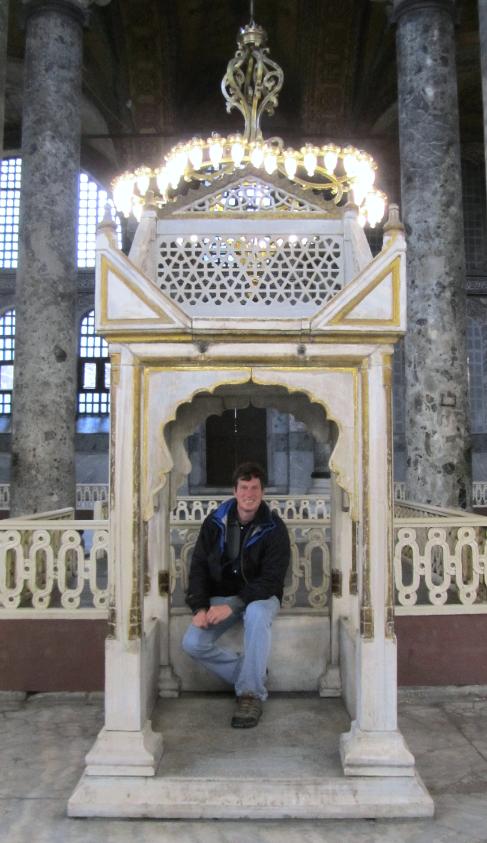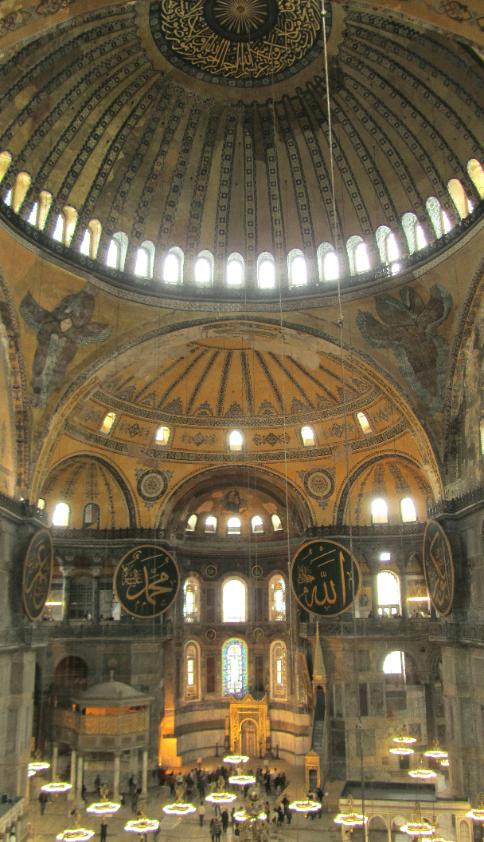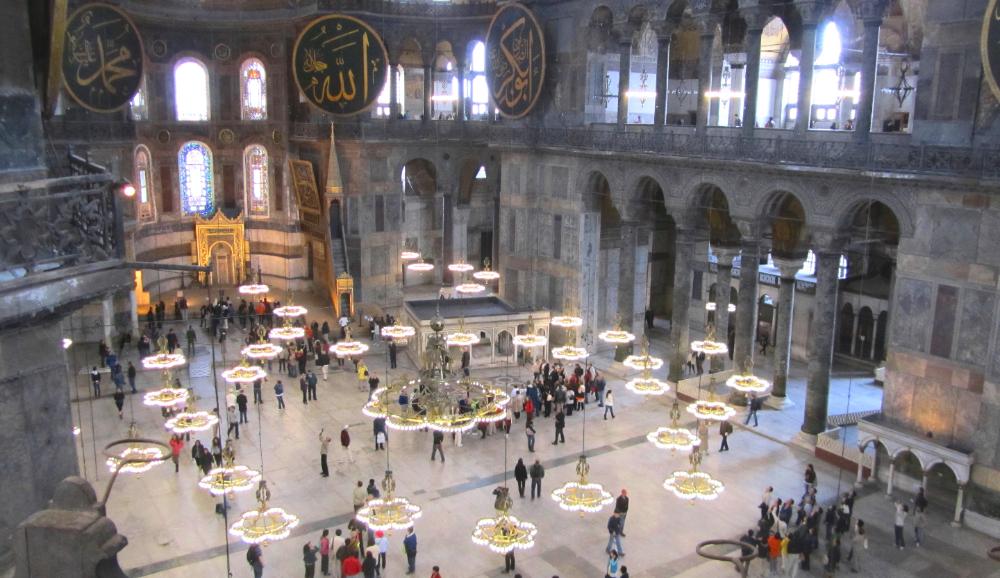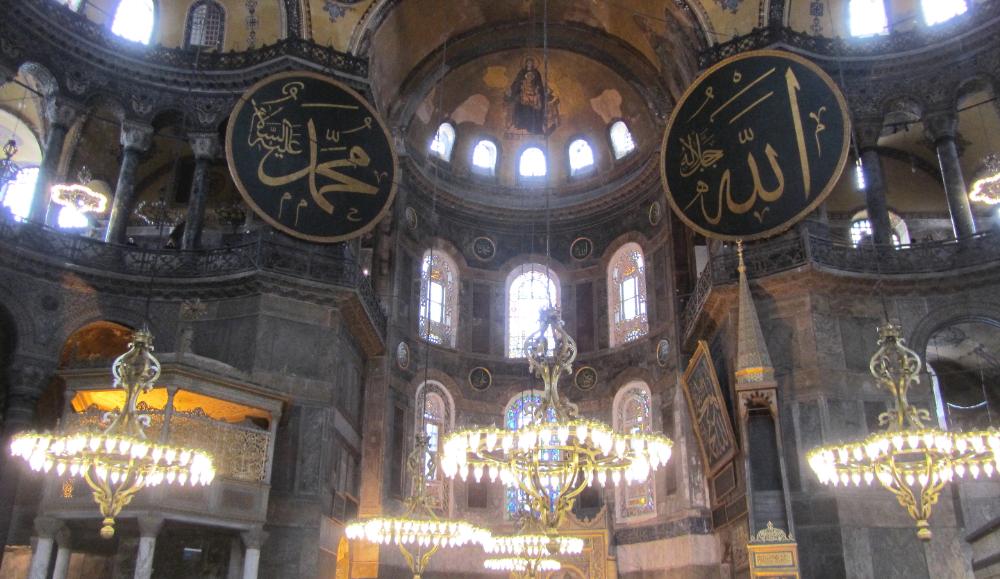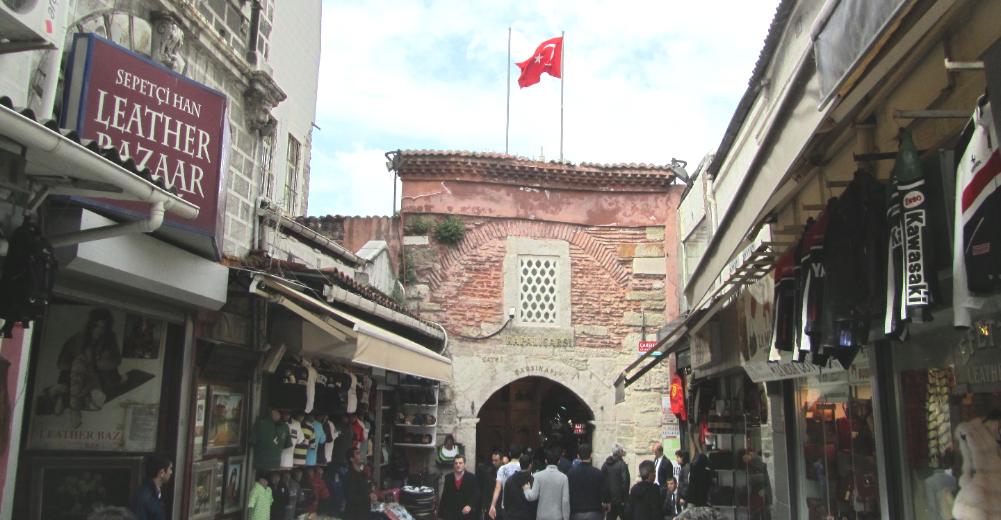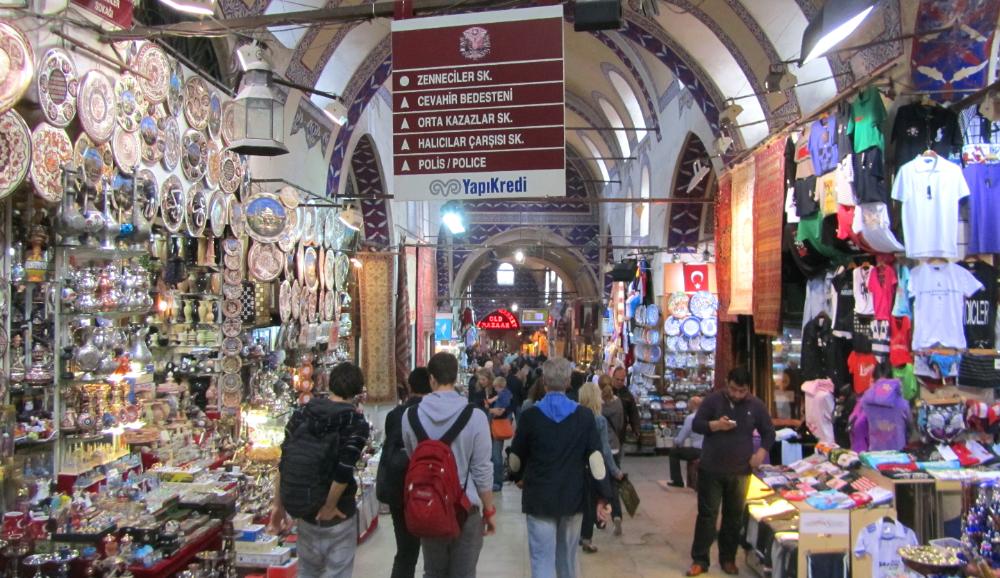
Where We Be
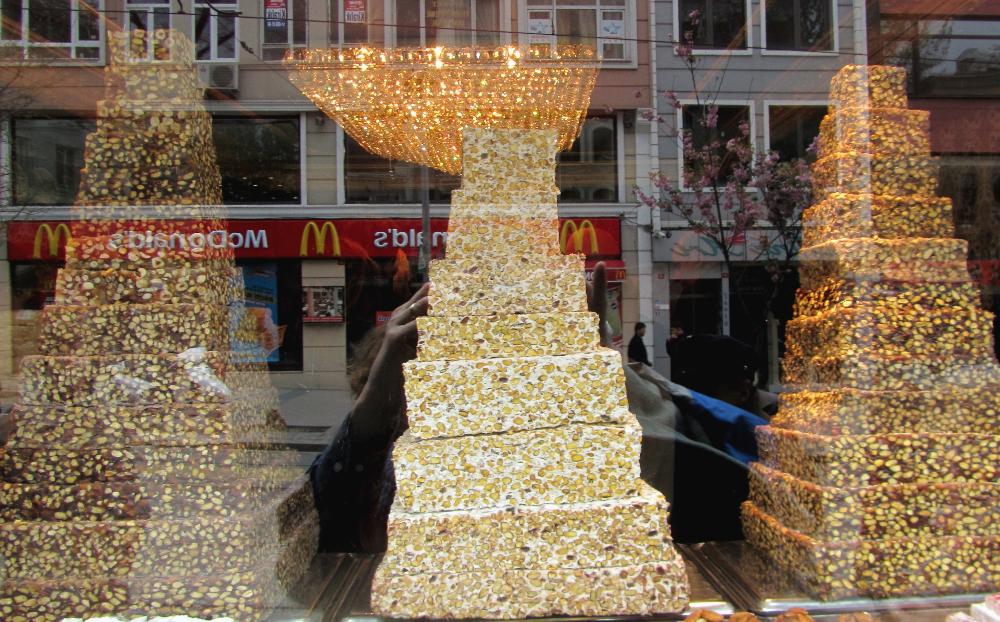
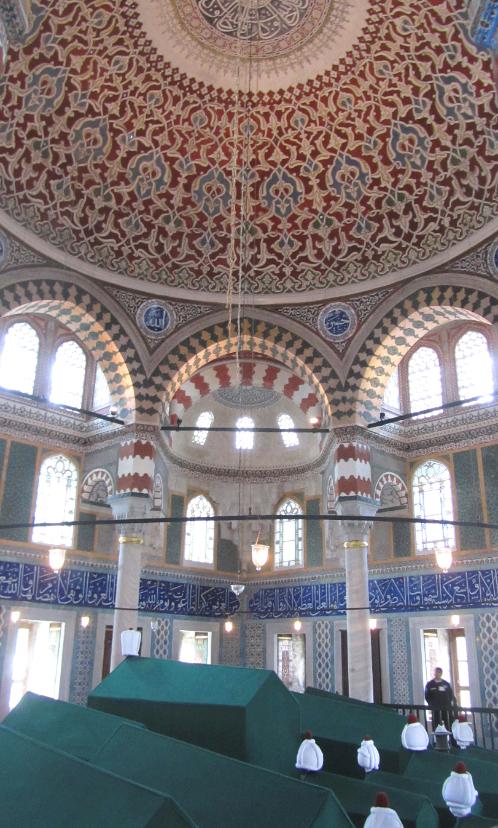
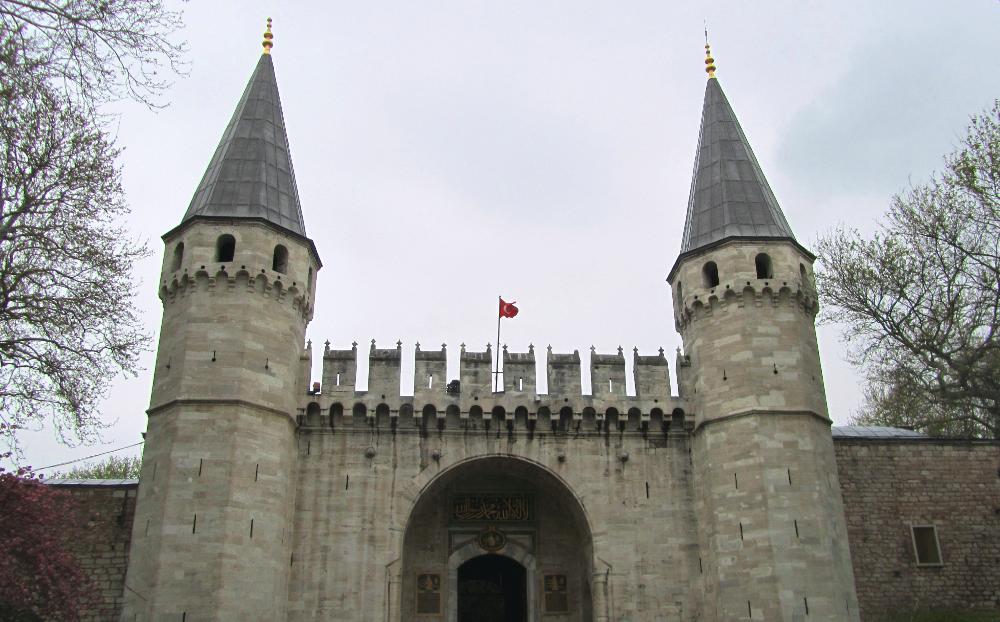
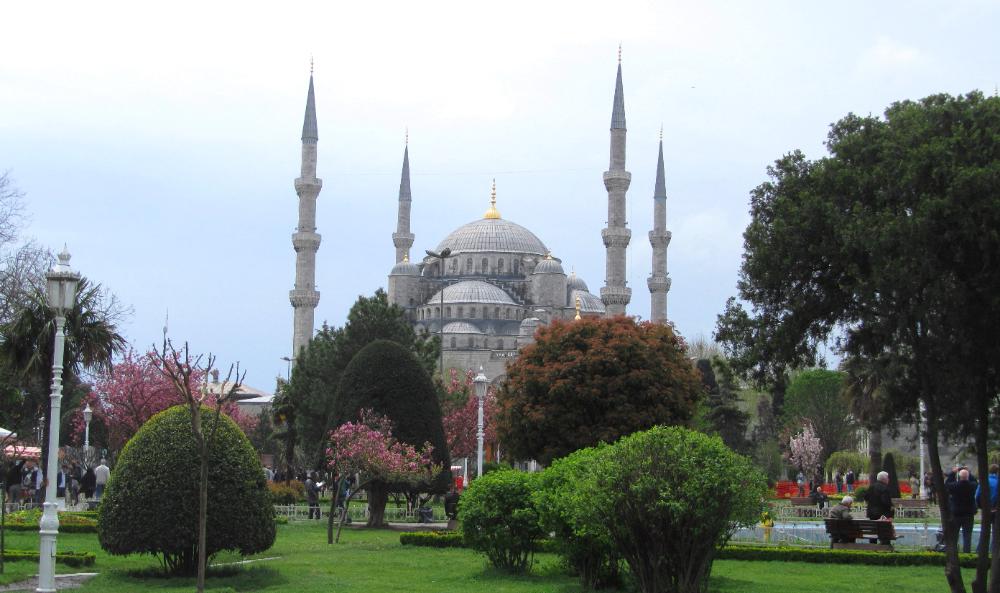
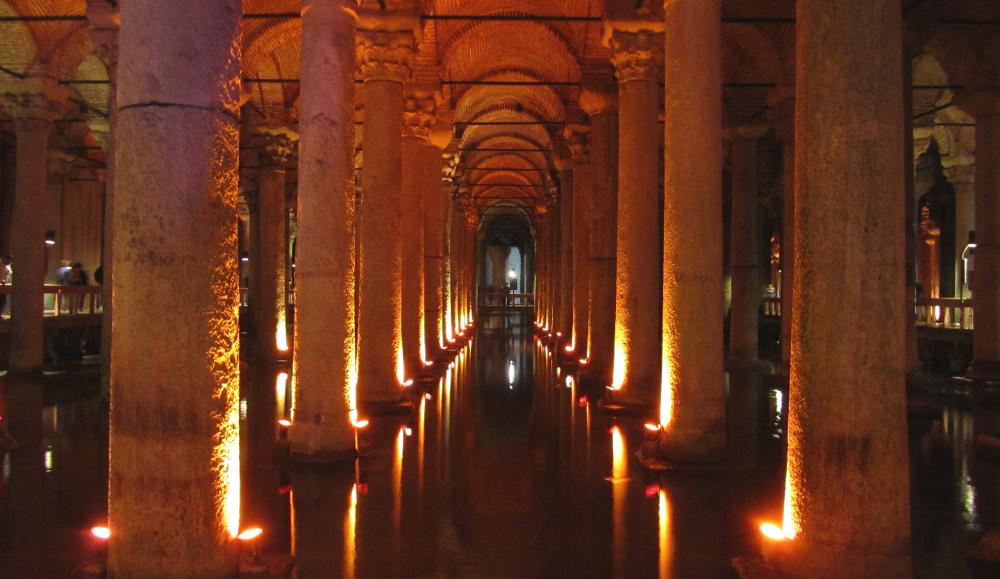
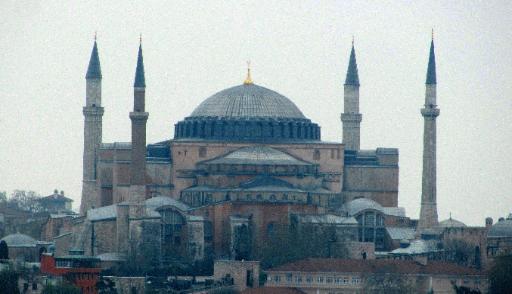
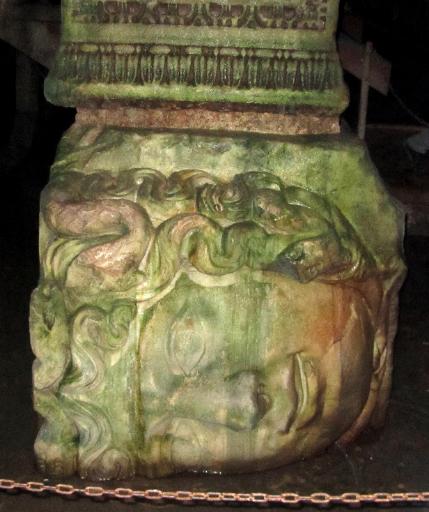
| Istanbul, Turkey |
| The Underground Cistern was a surprise favorite of our tour of Istanbul |
| Inside the Blue Mosque we removed our shoes and walked on the soft Persian carpet |
| Our first sight, the Blue Mosque, was constructed by Sultan Ahmet I in 1617 AD to rival the MUCH older Aya Sofya, built in 537 AD |
| From the deck we took night photos of Old Istanbul, including Galata Bridge and Galata Tower |
| Standing on Galata Bridge, with our ship in the background, we heard the call to prayer, first from one mosque and then from another, until all seven mosques in Old Istanbul were echoing with the amplified sounds. Magical! |
| Close-ups of the Blue Mosque (left) and Aya Sofya (right) |
| Skyline of historic Istanbul as seen from the Bosphorus Strait, with the Blue Mosque to the left and Aya Sofya to the right |
| The gorgeous dome at the center immediately draws your eye. The intricate blue Iznik tiles give the Blue Mosque its name |
| Our second sight was Topkapi Palace, home of the Ottoman sultans for nearly 400 years (1465-1856) |
| It was fascinating to read about the concubines and how they could end up becoming members of the royal family if they bore a son to the sultan |
| The sultan's harem is said to have included as many as 800 women! |
| It's elaborately decorated with colorful tiles throughout |
| Topkapi Palace is a big place: it took us all morning to explore it. We visited four Treasury rooms filled with riches (no photos allowed), including the bejeweled Topkapi Dagger and the 86-carat Spoonmaker’s Diamond – fifth-largest in the world -- found in the city dump in the 1600s and sold for pennies! The palace also contains the most holy relics of the Muslim world. Its extensive grounds contain lots of tulips, which originated in Turkey. |
| The cistern was built with 336 MARBLE columns! A boardwalk meanders through them. It feels like wandering through an ancient cathedral submerged in water. |
| Aya Sofya was built at the height of the Byzantine Empire when Istanbul was known as Constantinople (HQ of the Eastern Roman Empire) |
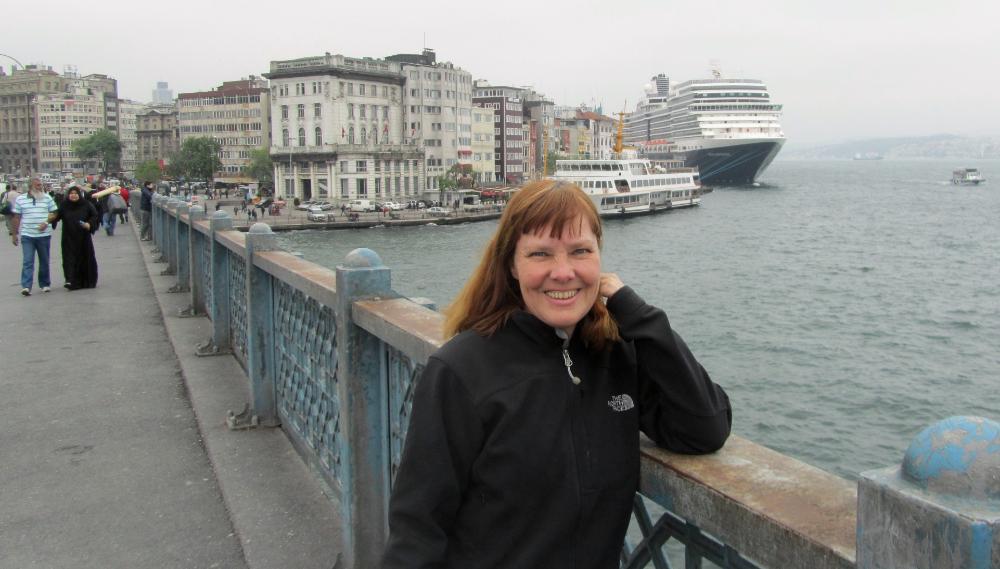
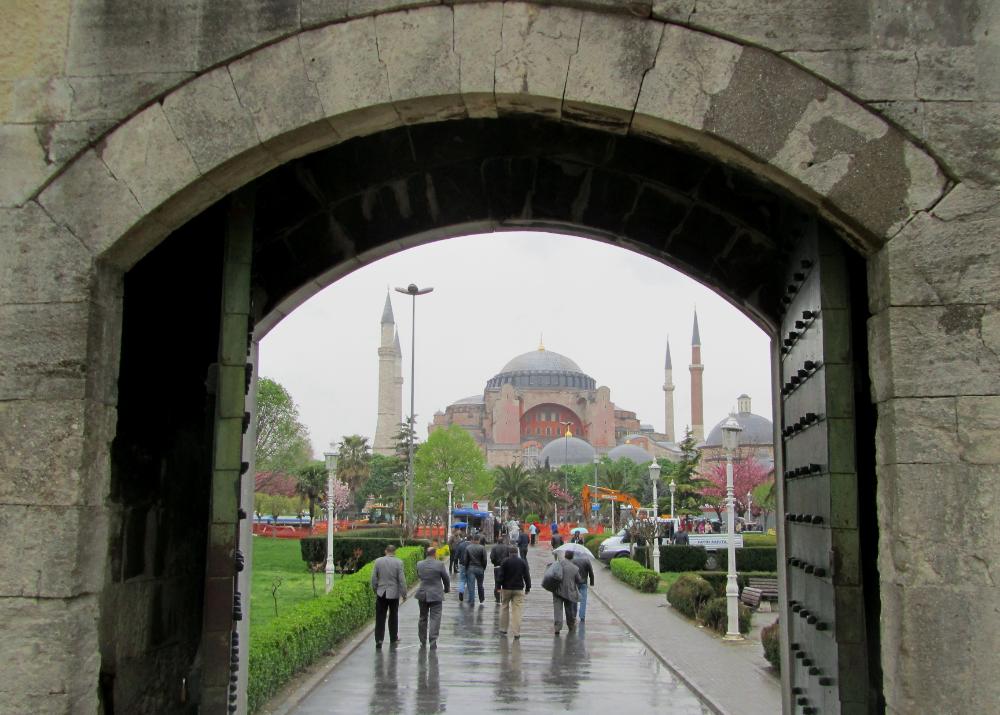
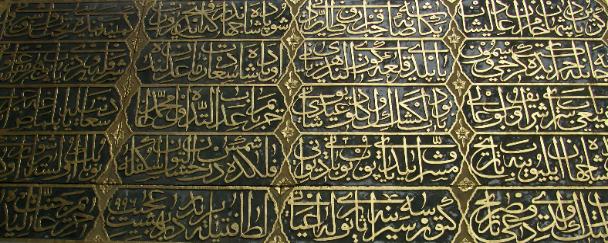
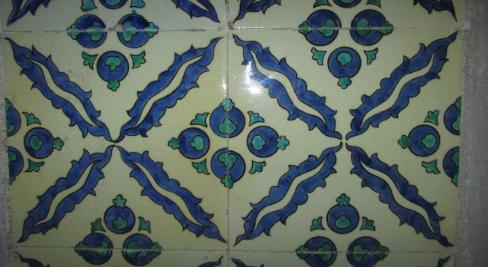
| Our fourth sight was the Aya Sofya, seen here through the Blue Mosque's stone entranceway |
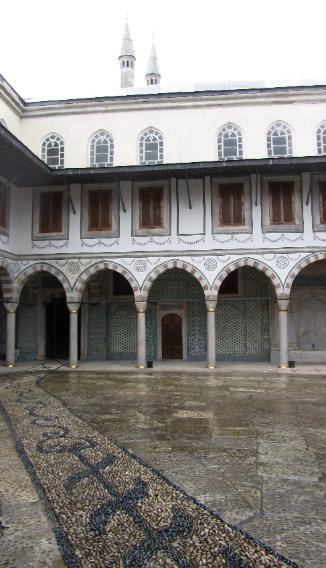
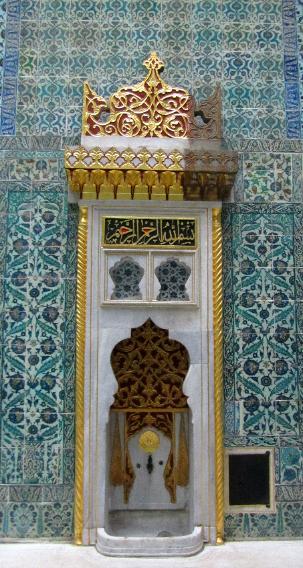
| Lots of small decorative touches make Topkapi worth the price of admission |
| The Blue Mosque |
| Topkapi Palace |
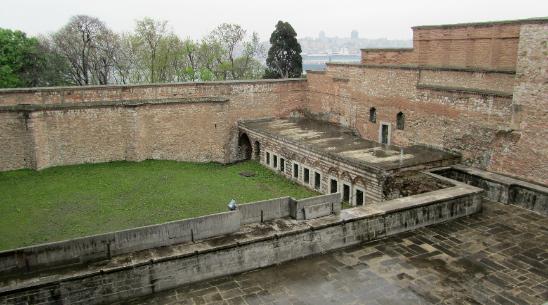
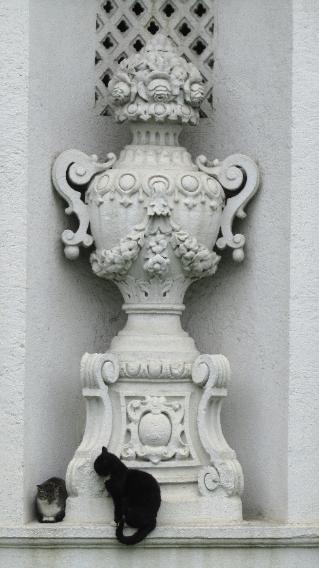
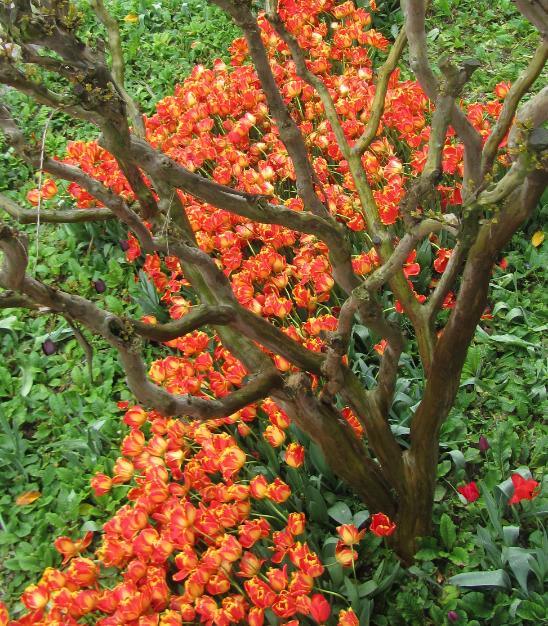
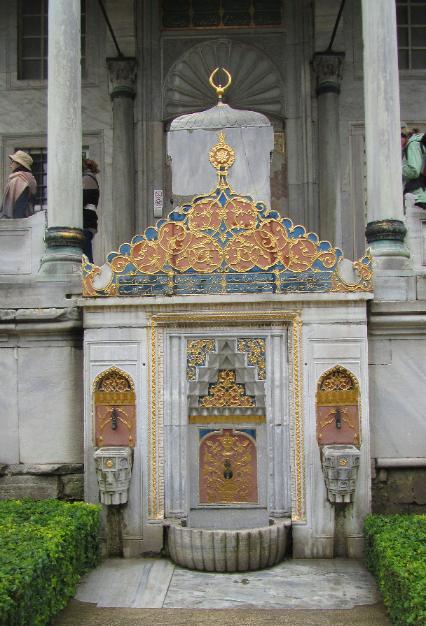
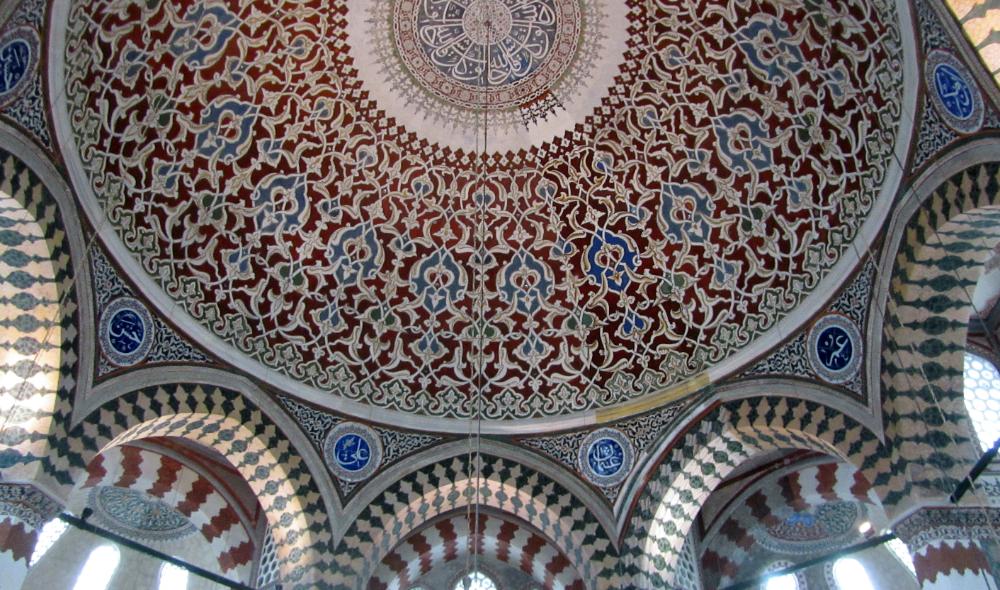
| The gorgeous tiles were made in Iznik, a walled town on the shores of Lake Iznik southeast of Istanbul |
| The sultan's private quarters look comfy |
| Only the sultan could see down to the large pool (right) where the concubines swam and lounged |
| Aya Sofya |
| Underground Cistern (Yerebatan Sarnici) |
| We were footsore by now but pressed on to the Grand Bazaar for a look around. Straight ahead is one of the main entrances. |
| The melding of Islamic elements with Christian ones is unusual and special to this place. Many of the Christian mosaics were plastered over after 1453 but are now visible again. |
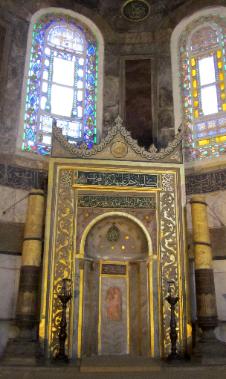
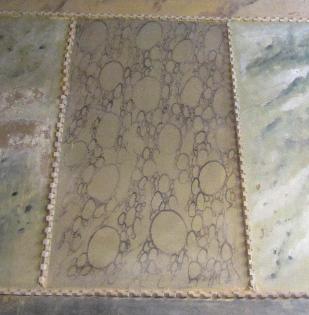
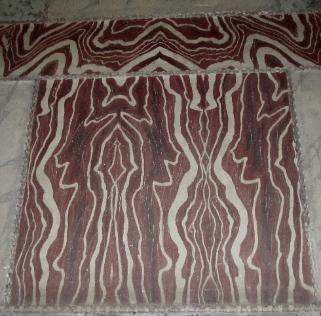
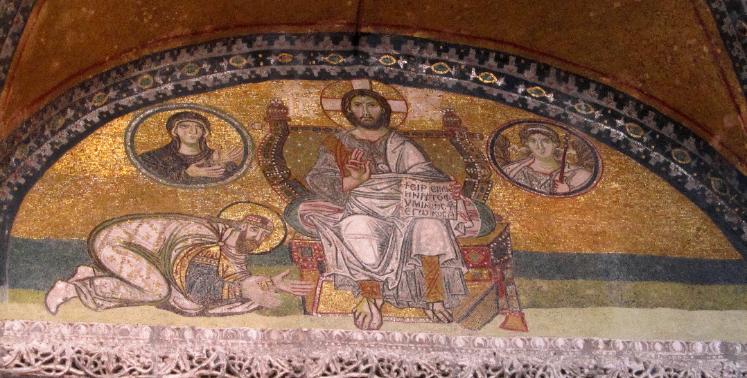
| This domed church was completed by Justinian way back in 537 AD! For 1,000 years it remained the largest Christian church in the world. |
| When Mehmet II conquered Constantinople in 1453, his first stop was to the Aya Sofya to invoke the name of Allah and declare it a mosque |
| This covered bazaar has been called the mother of all tourist traps! It consists of 4,000 shops, 65 streets, 22 gates, and 76 acres! |
| Our fifth sight was the Grand Bazaar. On the walk to the bazaar I snapped this peculiar photo of Turkish Delight with a McDonald's reflected in the glass. |
| We enjoyed the gorgeous mix of colors and patterns in the marbles on the walls |
| The great architect Sinan built some of these mausoleums. We thought this was some of the most beautiful architecture we saw in Istanbul. |
| On the southeast side of the Aya Sofya stand three stunning domed mausoleums of the sultans. The green "tents" are the coffins. |
| Grand Bazaar (Kapali Carsi) |
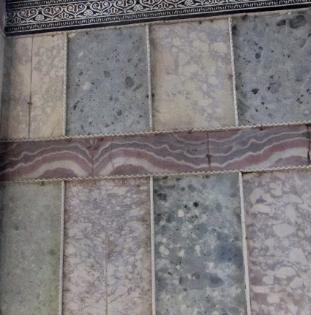
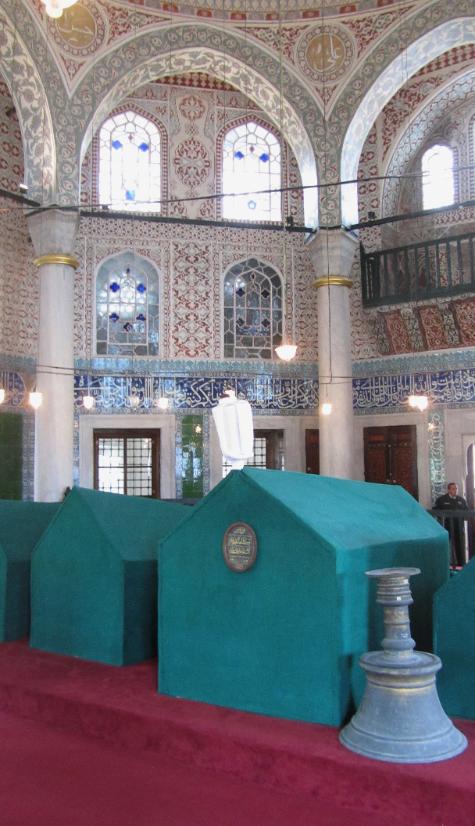
| Aya Sofya Mausoleums |
We managed to see most of the blockbuster
sights of historic Istanbul in one day -- including
the Blue Mosque, Topkapi Palace, Underground
Cistern, Aya Sofya, and Grand Bazaar. Whew! All
of these sights are located within easy walking
distance of one another, so all we had to do
was take a local tram from the port over the
Galata Bridge to Sultanahmet (the fourth stop).
As we got off the tram, a well-dressed Turkish
gentleman with impeccable English suggested
we see the Blue Mosque first because it would
be closed to visitors during Friday prayer times.
We thanked him, and when he started walking
alongside us I told him we weren't really looking
for a guide. “Oh, I’m not a guide,” he said
amiably, “I'm actually trying to sell you a carpet.”
“Well, thanks, but no,” I replied, and by way of
explanation I added, “We have a very small
condo.” Not missing a beat he responded, “We
sell very small carpets!”
sights of historic Istanbul in one day -- including
the Blue Mosque, Topkapi Palace, Underground
Cistern, Aya Sofya, and Grand Bazaar. Whew! All
of these sights are located within easy walking
distance of one another, so all we had to do
was take a local tram from the port over the
Galata Bridge to Sultanahmet (the fourth stop).
As we got off the tram, a well-dressed Turkish
gentleman with impeccable English suggested
we see the Blue Mosque first because it would
be closed to visitors during Friday prayer times.
We thanked him, and when he started walking
alongside us I told him we weren't really looking
for a guide. “Oh, I’m not a guide,” he said
amiably, “I'm actually trying to sell you a carpet.”
“Well, thanks, but no,” I replied, and by way of
explanation I added, “We have a very small
condo.” Not missing a beat he responded, “We
sell very small carpets!”
| We don't know what this flowing Arabic script says but it certainly is beautiful to look at |
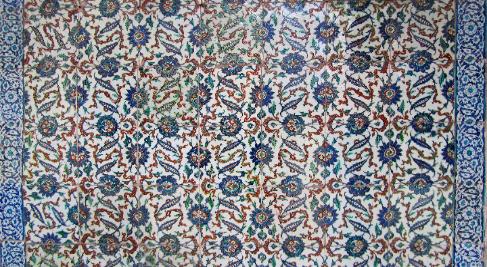
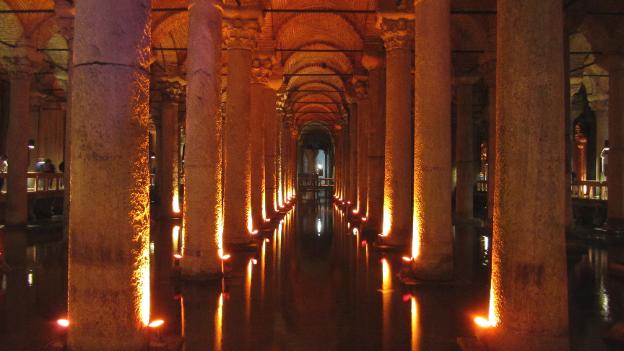
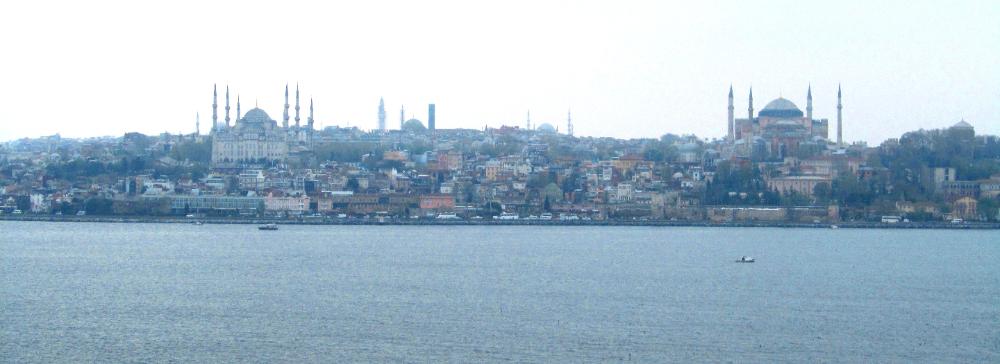
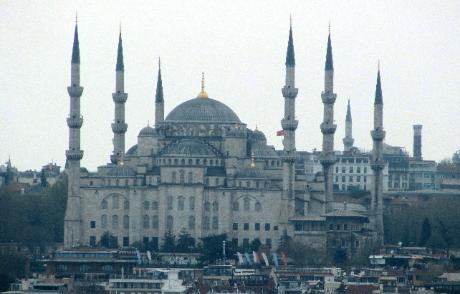
| Our third sight was the fascinating Underground Cistern, built in 532 AD by Constantine. The cistern served as an underground reservoir for Istanbul in times of drought or seige. |
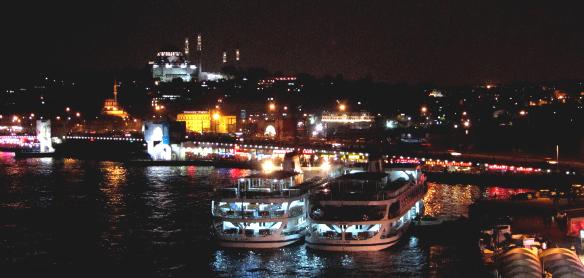
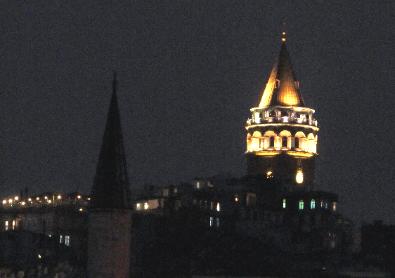
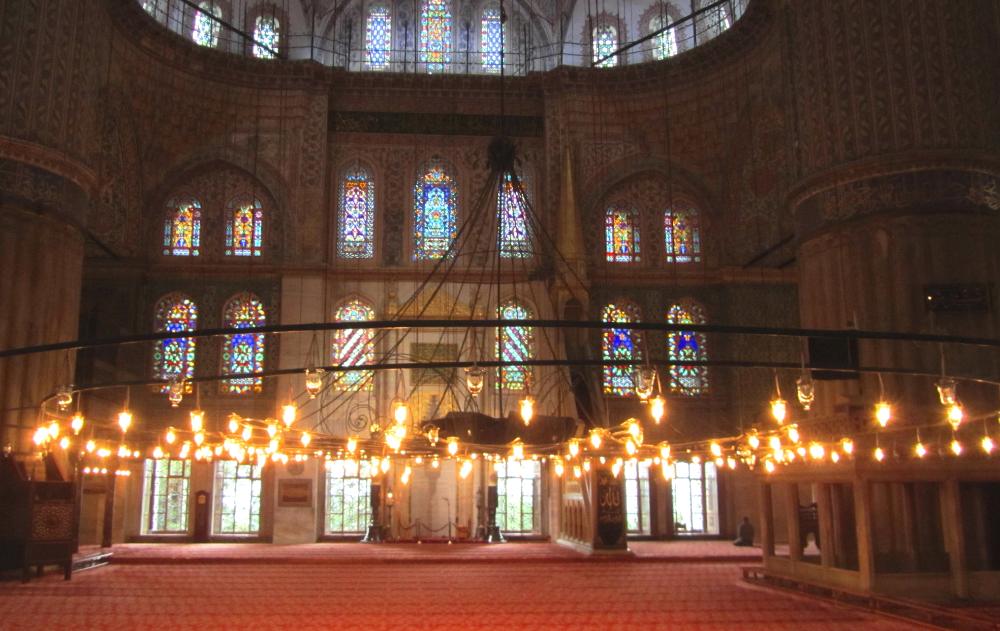
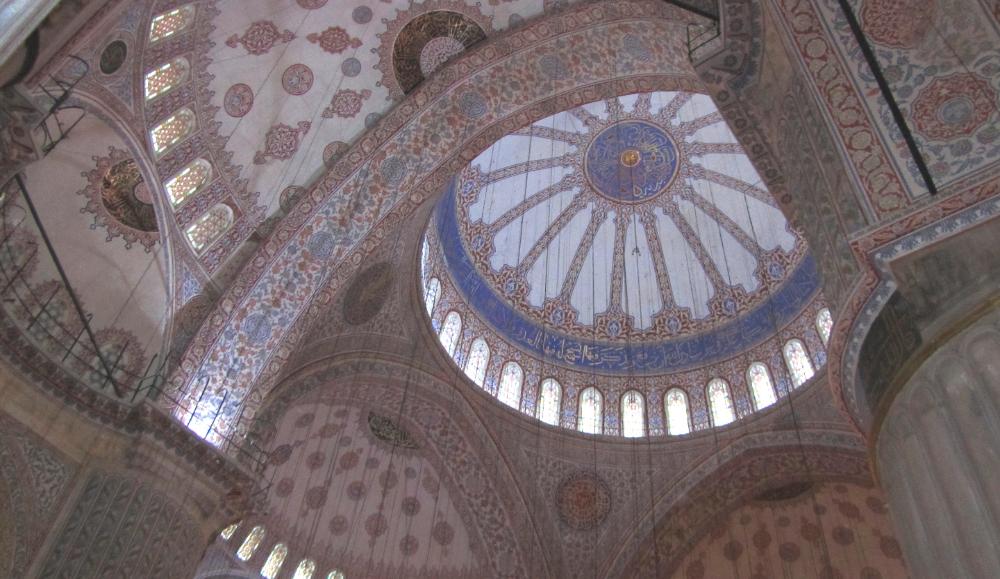
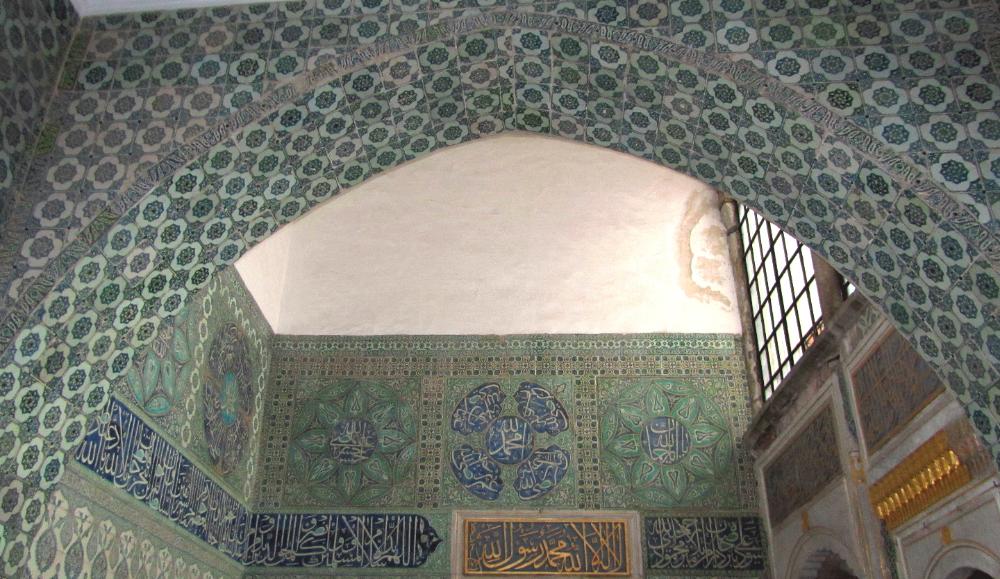
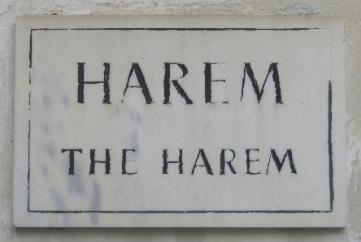
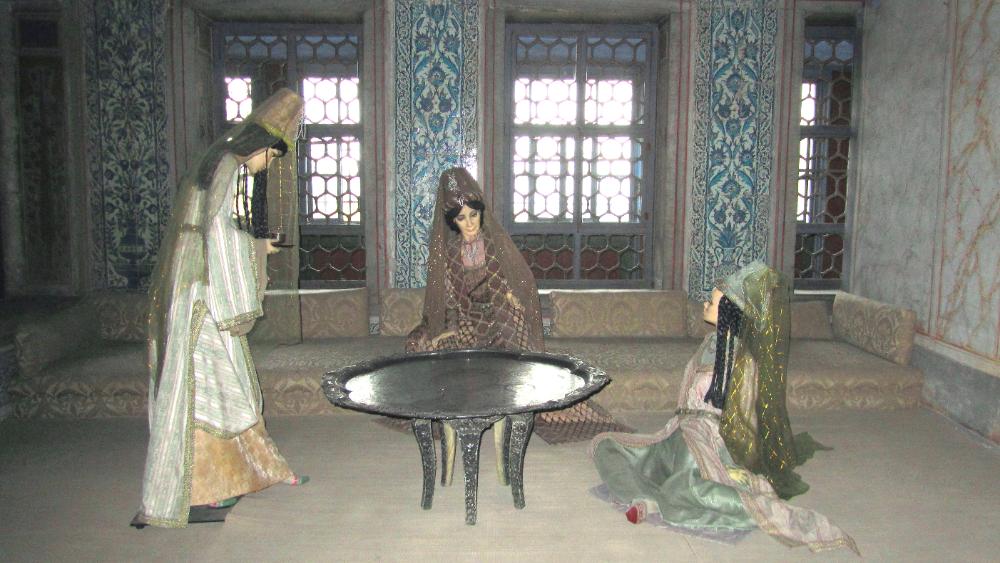
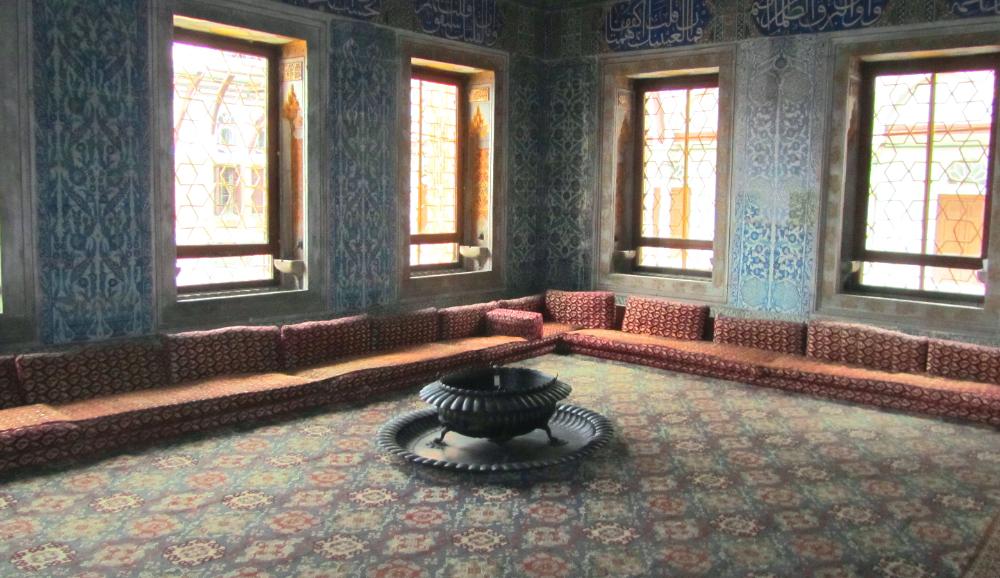
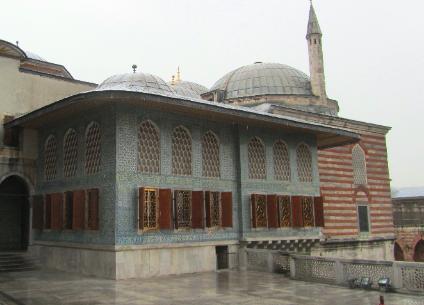
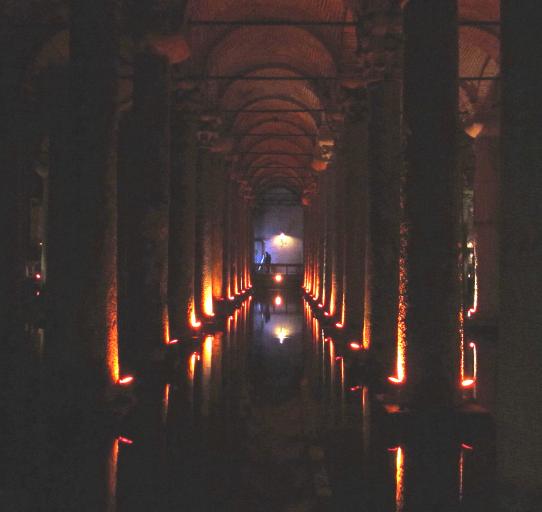
| At the far end of the boardwalk are two mysterious “Medusa pillars,” stone heads lying upside down or on their side. |
